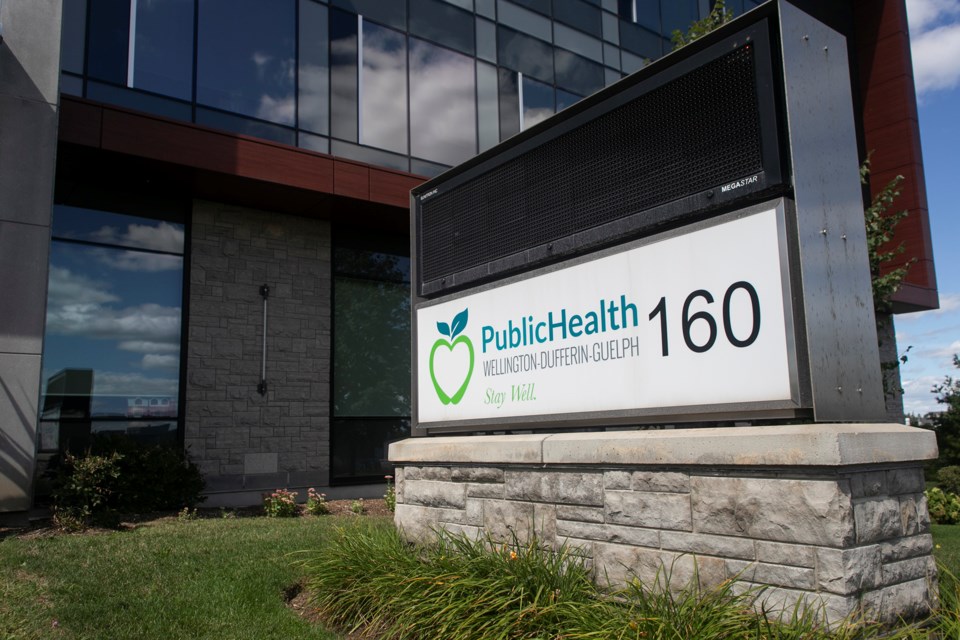Wellington-Dufferin-Guelph Public Health is heading into 2025 with a balanced budget and an increase of less than one per cent.
That’s down from a 3.8 increase last year.
The draft budget was presented and approved during Wednesday’s board of health meeting, with total anticipated budget expenses coming in at $26,838,966, compared to $26,659,442 last year.
The low increase is in part because operating expenses are dropping by $538,303, as WDGPH made its last mortgage payment in October of this year for its Guelph and Orangeville facilities.
They’re also cutting the City of Guelph a break.
Much of public health’s funding comes from co-shared programs, which include funding from the municipalities and the Ministry of Health, as well as fully-funded ministry programs.
The board plans to request a funding increase of 2.9 per cent from the City of Guelph, the County of Wellington and the County of Dufferin, compared to a 2.6 per cent ask last year.
That amount doesn’t necessarily keep up with inflation costs, said Brian Herman, director of finance for WDGPH during the meeting, because “we know that our municipalities are facing pressures themselves to minimize tax increases.”
Provincially, it’s asking for a one per cent funding increase from the Ministry of Health.
“While appreciated, we know that one per cent funding from the ministry is far from keeping up with the inflation of our costs,” Herman said.
The ministry has already committed to a one per cent increase, though Herman said “they’re aware of short-term pressures by public health units” and have indicated there will be a funding review hopefully implemented in 2026.
“This year we’ve got a gap in the revenue versus the costs that we are anticipating,” said David Kingma, vice-president of human resources and corporate services. “Our costs are exceeding our revenues. That is going to be a trend that continues, unless there is change at some point.”
“We are keenly aware of the pressures that municipalities are facing, and we do everything that we can to limit the amount of funding that we ask for every year from each of our three municipalities, and this year is no different.”
He said there were some “challenging steps” in balancing the budget and keeping the funding requests low, and that future years will likely be even more challenging.
In the meantime, they’re looking at non-traditional revenue opportunities to combat inflation and costs associated with population growth.
“But it is making for an uncomfortable financial picture going forward, unless we see some changes in terms of the funding formula that we’re currently receiving from the province.”
For now, the budget is balanced.
As expected, the largest cost is employee salaries and benefits, which account for 80 per cent of the total budgeted costs. Most employee groups will see a three per cent salary increase in 2025, and a non-statutory benefit rate increase on April 1.
In total, employee costs are expected to increase by $715,816.
The remainder of the budget is made up of building occupancy expenditures, professional and purchase services, cyber security measures, staff training and more.
“We’re presenting a balanced budget, and we will be able to do so next year because of the things that we have enacted. But after 2027 and beyond, things are looking pretty challenging,” Kingma said.



.png;w=120;h=80;mode=crop)